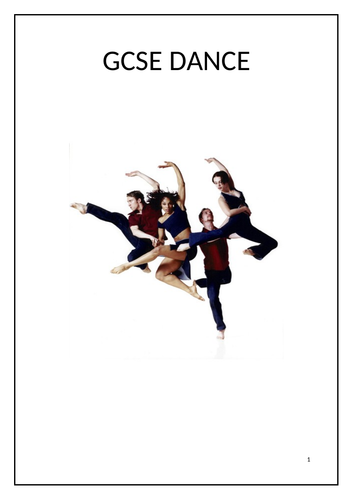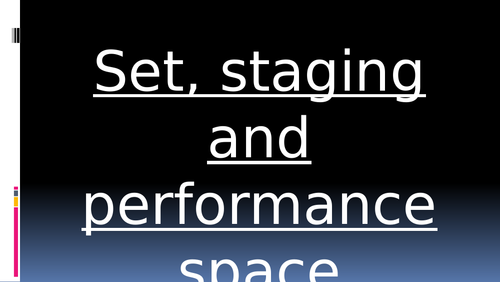Teach, Learn, Develop.
I have been teaching Performing Arts for over 10 years and I have a wealth of experience and knowledge to share with you. Most recently I was teaching in Bangkok, prior to this I was The Director of Theatrical Productions in Amman, Jordan for 2 years. Before this I was Head of Dance in a school in the UK for 4 years. I hope you find my resources helpful and if you do please leave a review. There are a mixture of Dance, Healthy living and PSHE resources for a range of ages and curriculum.





















